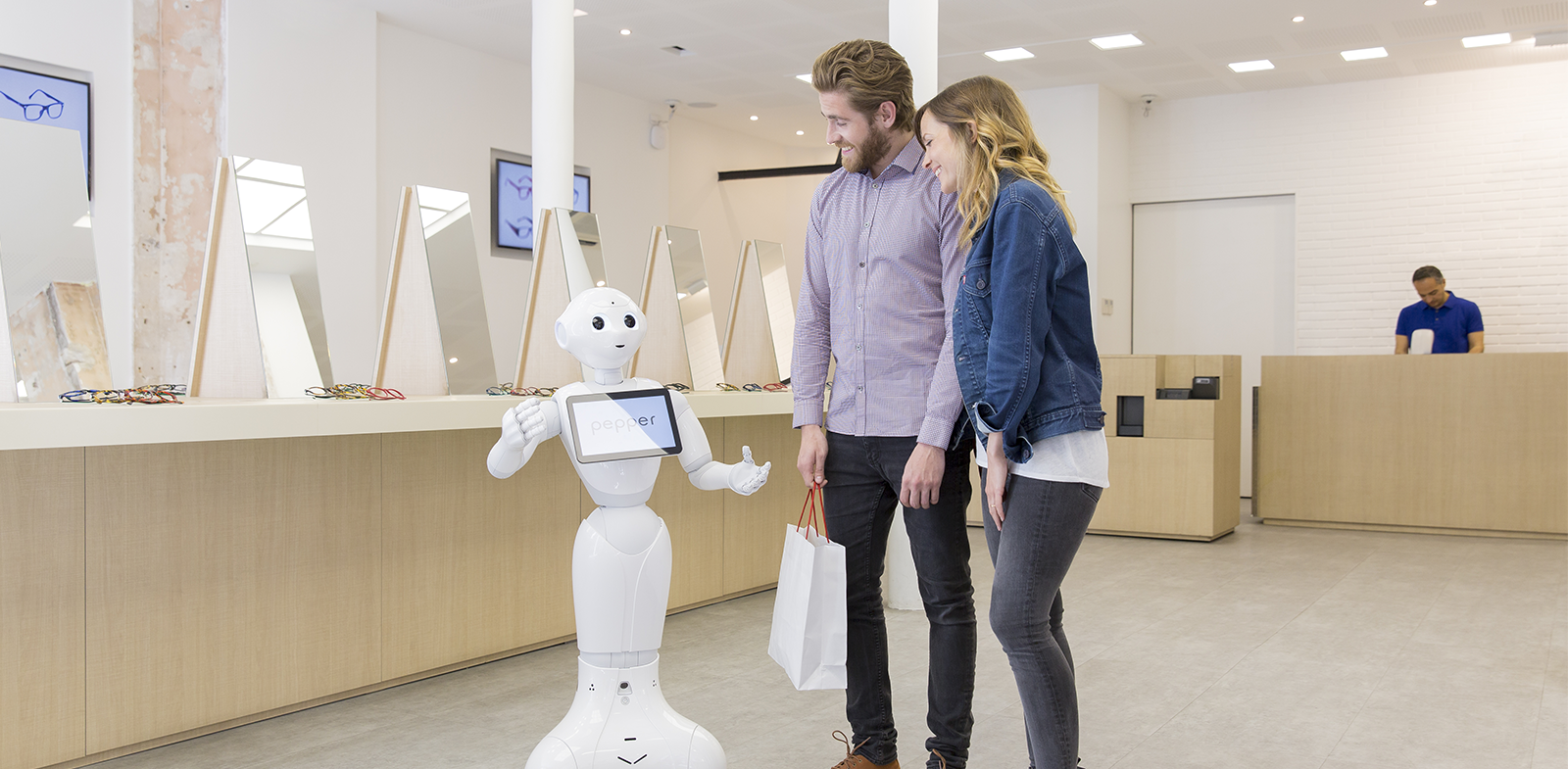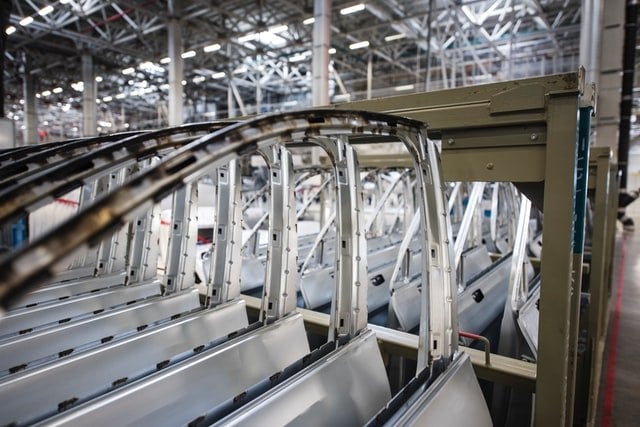How to Choose Between Collaborative and Traditional Industrial Robots
Dec 24, 2020
By Serena Dorf
 Photo by CHUTTERSNAP on Unsplash
Photo by CHUTTERSNAP on Unsplash
If you work in the manufacturing or robotics industry, you have probably noticed the recent buzz around choosing between collaborative and traditional industrial robots. Most popular opinions send the idea that you have to choose between these two, but you can also choose both of them. Of course, this highly depends on what you are looking for, but both types come with their advantages and disadvantages.
According to Nerdy Writers from AssignmentHolic, some businesses choose robots depending on how large they are, finances and capabilities. Traditional and collaborative robots are suited for different operations, so making the right choice is important. But how could you choose between these two options?
How Do They Work?
One of the essential differences between collaborative and traditional industrial robots is in the way they work and what they were designed for. Collaborative robots are designed to work alongside humans. This means that they do not require workers to keep a minimum distance from them. Moreover, collaborative robots can assist employees in their tasks, thus eliminating some of the boring or tedious ones.
On the other side, industrial robots are designed to automate some manufacturing or production processes. They do not work alongside humans but replace them. Their advantage is that they can automate some of the most mundane and boring tasks and employees are free to take care of other more complex tasks.
Programming
One key difference between traditional and collaborative industrial robots is linked to programming. Trends in the robotic industry are changing as technology is developing and improving. And making the right choice for your business is essential, as stats presented in a nursing assignment on robotics highlight.
When we look at traditional industrial robots and focus on the programming side, we can easily notice the difference between them and collaborative ones. Traditional industrial robots are not easily programmable, and this might be due to their size as well. Traditional robots are focused on automating an entire process, thus not allowing for big changes in their process. This does not mean that traditional robots cannot be programmed. However, you would need an engineer to write code to reprogram the robot or make even minor changes in the process.
Collaborative robots, on the other hand, are easier to be programmed. They are also smaller in size compared with traditional ones, which makes them easier to operate. Collaborative robots are more similar to humans and they do not need additional programming. Their biggest advantage is that they can learn on the job, making the process of using them more facile. For example, collaborative robots can be taught what movements to do if an employee moves their arm how they should do it. It is necessary only one repetition of this kind learn what it has to do. What’s more, collaborative robots can work near employees and assist them in their tasks, being also easier to control.
Both collaborative and traditional industrial robots have their advantages. It depends on the processes involved and what benefits you are looking for to choose the type suited for your business.
Costs
Most businesses or robots purchasers have some expectations when buying robots. They want to reduce costs and imagine that robots will replace some employees or routine tasks entirely. Robots can do this, but it depends on you to choose the suited one for your operations and processes.
Collaborative robots are cheaper than industrial ones. This is due to its size and also capabilities. For example, in a factory where cars are produced, traditional industrial robots are more suited. They would need to handle heavy manufacturing processes and all tasks are automated. Thus, employees can intervene in other processes.
Collaborative robots would be more suited in a factory where not all processes are automated. The robot can thus learn to take on many mundane tasks and allow employees to focus on more complex ones. Their cost is lower than that of traditional industrial robots and can improve the efficiency of the entire manufacturing process.
Customization
Another area purchasers analyze when choosing the right robots for their business is customization. Many of them think that only collaborative robots can be customized, but this is not true. Both types can easily be customized, however, you may need different things.
While an employee can simply take the arm of a collaborative robot and teach it the right actions, an industrial robot needs an engineer to customize it. Because they are so large and are usually involved in heavily automated processes, an engineer would need to write code to reprogram the traditional robot.
Conclusion
The world of robotics relies heavily on technology. The last decade was marked by a rise in the design of collaborative robots that can work along with humans. They are easy to be customized and also the costs are lower.
Traditional robots are involved in heavy manufacturing processes and can replace some employees, thus allowing them to focus on other tasks. Both collaborative and traditional robots can help you, but it depends on what you are looking for.
Discover more Business Robots with RobotLAB!

Check more information here: https://business.robotlab.com/
Author's Bio:
 Serena Dorf has been working as an editor and a copywriter at custom research paper writing services, essay writing service reviews and paper writing service reviews in England for 3 years. She is also a professional writer and journalist in such topics as education, and technologies.
Serena Dorf has been working as an editor and a copywriter at custom research paper writing services, essay writing service reviews and paper writing service reviews in England for 3 years. She is also a professional writer and journalist in such topics as education, and technologies.









 Too much to read? Don't have time?
Too much to read? Don't have time? 

.webp?width=124&height=124&name=image%20(1).webp)
.webp?width=169&height=87&name=image%20(2).webp)













